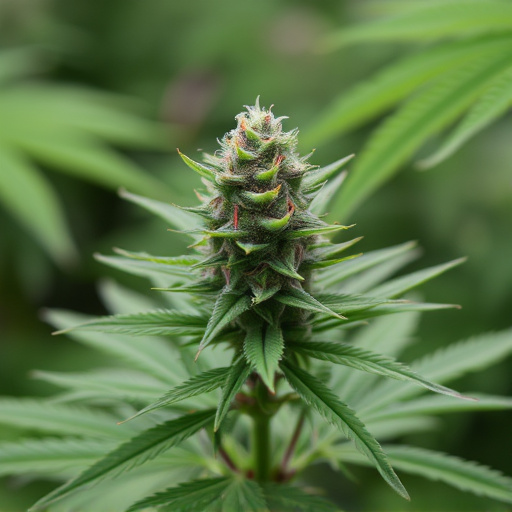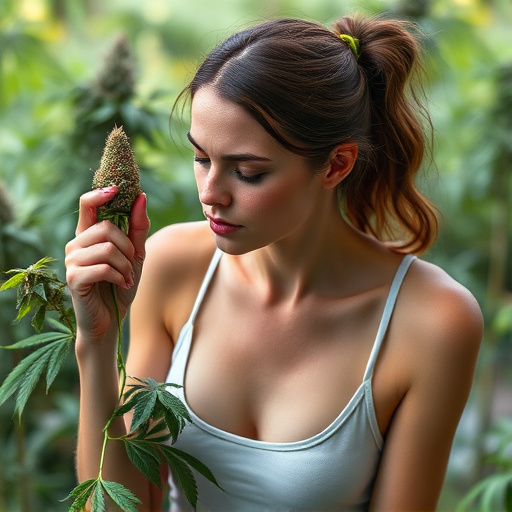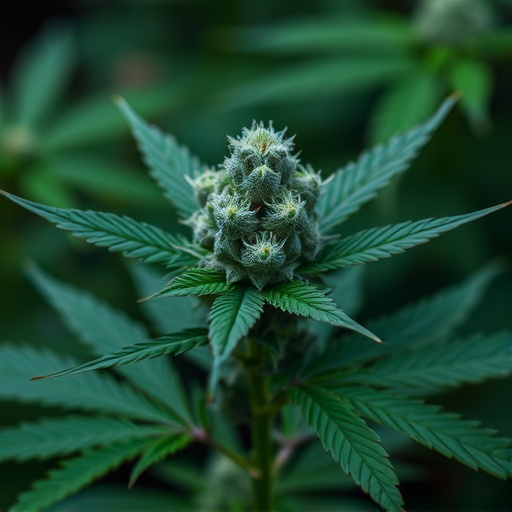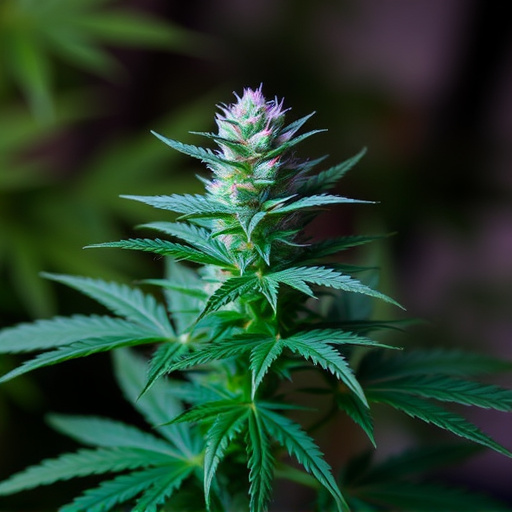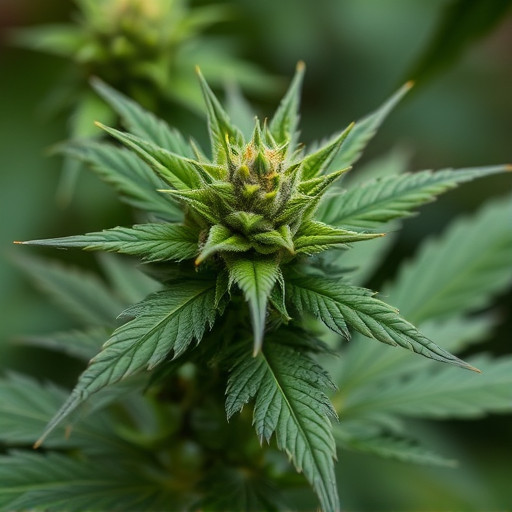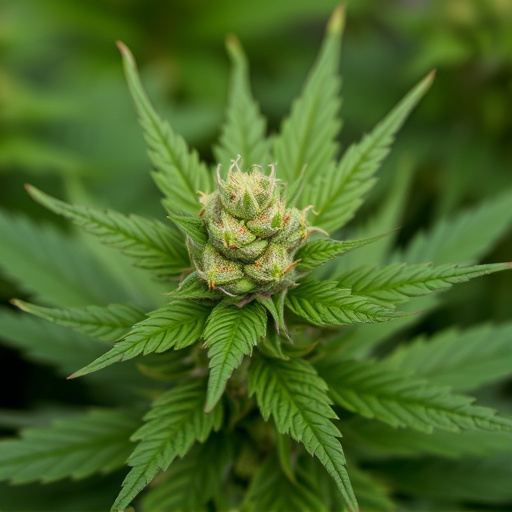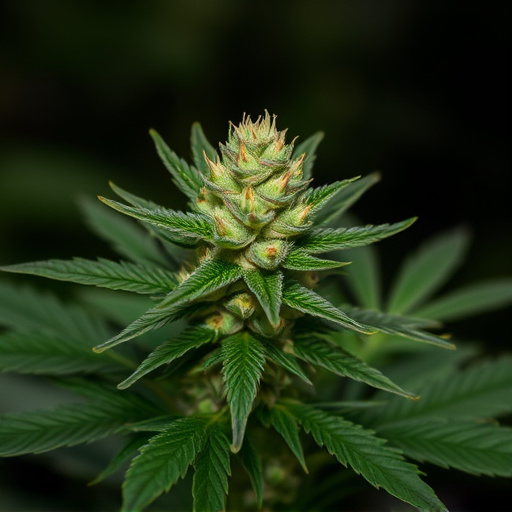Terpenes, key components in cannabis strains, play a crucial role in managing fibromyalgia by interacting with cannabinoids like THC and CBD. Specific terpenes such as myrcene and linalool offer soothing properties, enhancing pain relief and sleep quality without a strong mental high. Understanding terpene profiles allows users to choose the best cannabis strains for their individual fibromyalgia symptoms, making it a promising complementary treatment option.
Discover how terpenes, the aromatic compounds in cannabis, significantly influence its effects. This article delves into the science behind these chemical contributors to cannabis’ complex profile. We explore their specific roles in alleviating fibromyalgia symptoms and guide you through optimal relief with targeted cannabis strains. Understanding terpene profiles can empower users to navigate various options for managing this chronic condition, spotlighting promising strains for fibromyalgia.
- Understanding Terpenes: The Chemical Compounds Shaping Cannabis Effects
- The Role of Terpenes in Alleviating Fibromyalgia Symptoms
- Exploring Specific Cannabis Strains and Their Terpene Profiles for Fibromyalgia Relief
Understanding Terpenes: The Chemical Compounds Shaping Cannabis Effects

Terpenes, often overshadowed by their more famous counterparts, cannabinoids, play a pivotal role in shaping the unique effects of different cannabis strains. These chemical compounds are naturally occurring in many plants, including hemp and cannabis, and are responsible for the distinct aromas and flavors we associate with various strains. In cannabis, terpenes not only contribute to the pleasant or pungent scent but also interact with cannabinoids like THC and CBD, influencing how the body perceives and responds to each strain.
For instance, certain terpenes can enhance or modulate the psychoactive effects of THC, making some strains more suitable for managing conditions like fibromyalgia, where pain relief is sought without an intense mental high. In cannabis strains for fibromyalgia, myrcene is often found in higher concentrations, known for its soothing properties and ability to induce relaxation. Similarly, linalool, with its lavender-like scent, has been linked to reduced anxiety and improved sleep—benefits that can be particularly valuable for those dealing with chronic pain at night. Understanding these chemical interactions allows users to make more informed choices when selecting cannabis strains tailored to specific needs.
The Role of Terpenes in Alleviating Fibromyalgia Symptoms

Terpenes, the aromatic compounds found in many plants, including cannabis, play a significant role in mitigating the symptoms of fibromyalgia. Research suggests that specific terpenes present in various cannabis strains can offer relief to individuals suffering from this chronic condition. For example, myrcene, a common terpene known for its soothing properties, has been studied for its potential to reduce pain and improve sleep quality, which are two key manifestations of fibromyalgia.
Cannabis strains high in linalool, another terpene with calming effects, have shown promise in alleviating stress, anxiety, and muscle spasms—common symptoms associated with fibromyalgia. The synergistic interaction between terpenes and cannabinoids (like THC and CBD) can further enhance these therapeutic effects, making cannabis a potential complementary treatment option for those managing the condition. Exploring cannabis strains for fibromyalgia involves understanding the unique terpene profiles that best address individual symptoms, offering a natural approach to finding relief.
Exploring Specific Cannabis Strains and Their Terpene Profiles for Fibromyalgia Relief

When it comes to exploring cannabis as a treatment option for fibromyalgia, delving into specific strains and their unique terpene profiles is crucial. Terpenes, aromatic compounds found in cannabis, play a significant role in shaping the plant’s effects on the body. Each terpene offers distinct therapeutic benefits, making certain strains more appealing for managing fibromyalgia symptoms than others.
For instance, myrcene, known for its earthy and fruity scent, has been linked to pain relief and muscle relaxation properties. Strains rich in myrcene are often recommended for their potential to alleviate chronic pain and improve sleep quality—common challenges faced by individuals with fibromyalgia. Similarly, linalool, with its calming lavender-like aroma, is recognized for its anti-inflammatory and anxiety-reducing effects, making it a promising terpene profile for those seeking relief from both physical discomfort and stress-related symptoms associated with fibromyalgia.
Terpenes, as essential components of cannabis, play a pivotal role in shaping its therapeutic effects, including potential relief from fibromyalgia symptoms. Understanding these chemical compounds allows for a more tailored approach to treating chronic pain and inflammation associated with the condition. By exploring specific cannabis strains and their unique terpene profiles, individuals seeking fibromyalgia relief can make informed choices that align with their desired outcomes. Further research into terpenes promises to unlock even greater potential in the treatment of this complex disorder using natural, plant-based therapies.








